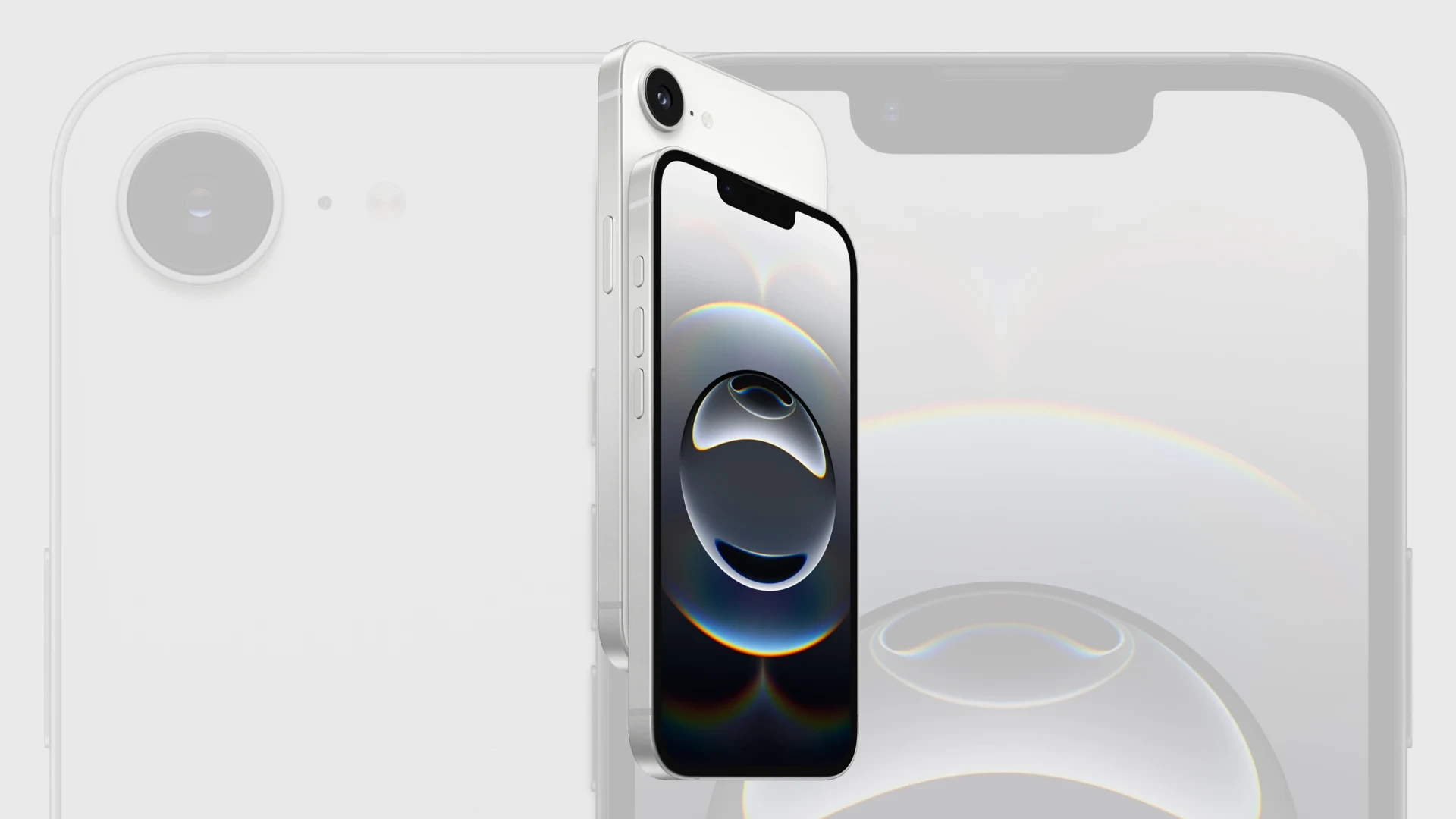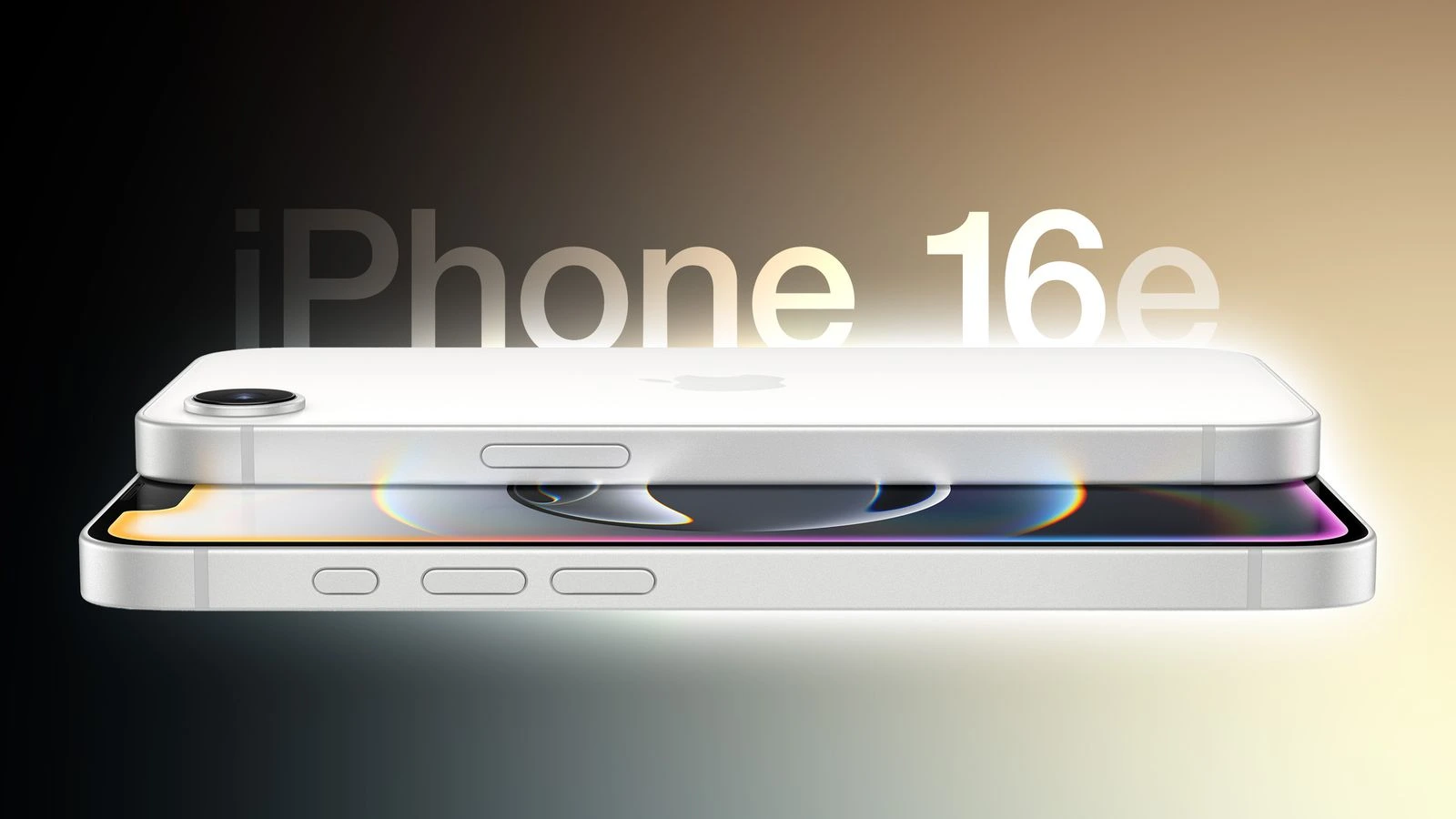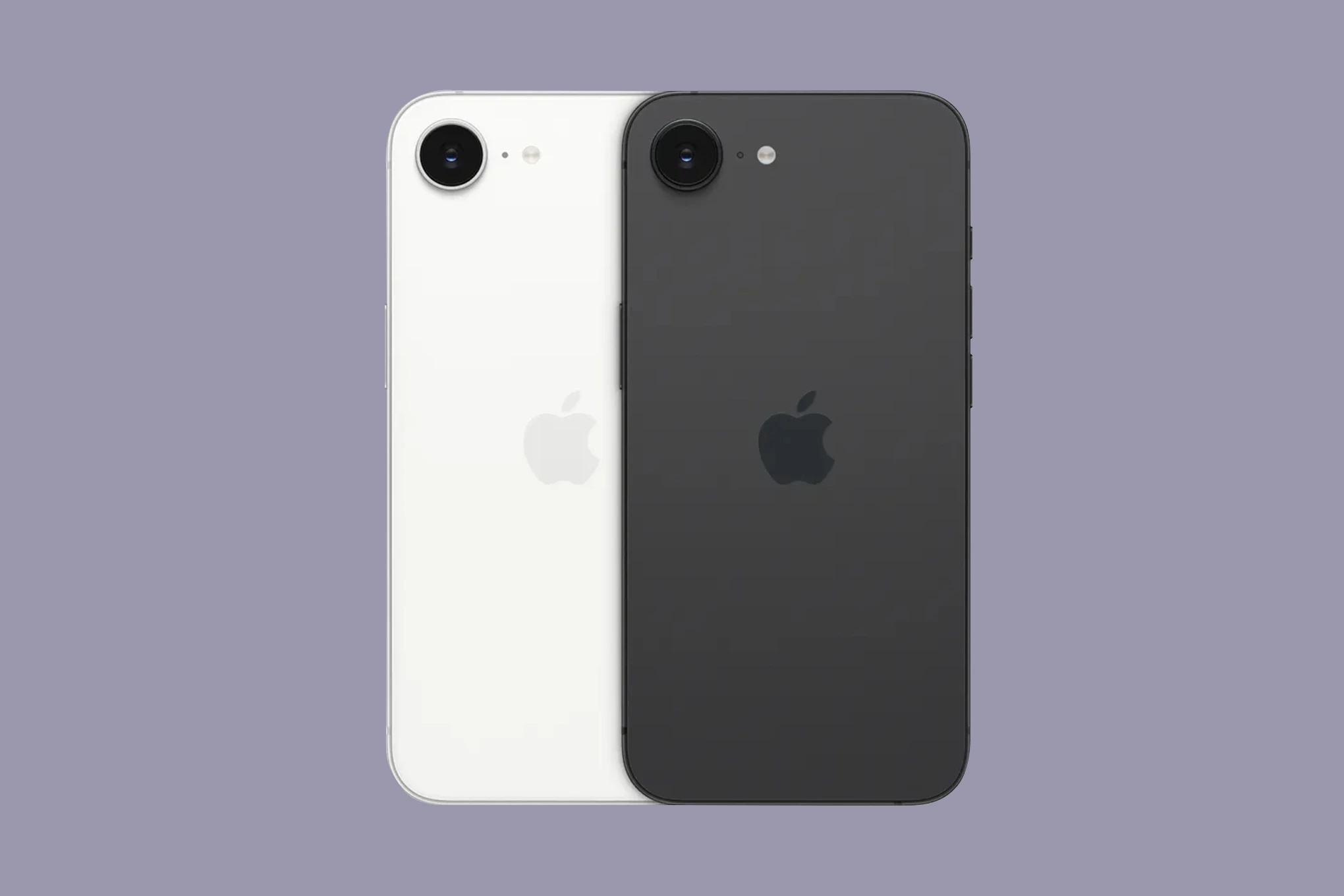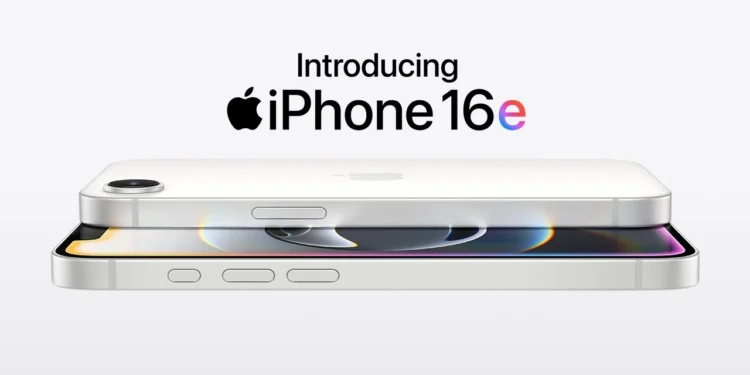In a move that continues to democratize technology, Apple’s recent launch of the iPhone 16e offers a fresh glimpse into the company’s strategy to provide cutting-edge technology at a more accessible price point. Amidst the flurry of releases this spring, the iPhone 16e stands out with its compelling blend of performance and affordability.

Performance Insights: The Geekbench Reveal
Recent benchmarks shared by MySmartPrice indicate the iPhone 16e, although a less costly alternative, doesn’t shy away from delivering robust performance. Scoring 24,188 points on Geekbench 6 Metal benchmarks, the iPhone 16e trails its pricier siblings, the iPhone 16 and iPhone 16 Plus, by about 15%. This discrepancy stems from Apple’s strategic decision to utilize a binned version of the A18 chip, featuring four GPU cores instead of five. This method, known as chip binning, is not uncommon in the tech industry. It allows manufacturers to maximize resource use by repurposing chips that didn’t meet top-tier specifications due to minor imperfections.
Despite a reduced GPU core count, the iPhone 16e holds its ground with a consistent six-core CPU setup, similar to the more expensive models. Running on iOS 18.3.1 with 8GB of RAM, the device promises a seamless user experience, particularly for consumers who are less inclined towards intensive gaming but desire a reliable and speedy everyday smartphone.

Aesthetic and Usability Enhancements
Transitioning from the now-discontinued iPhone SE, the iPhone 16e introduces a more substantial 6.1-inch OLED display. This upgrade not only enhances visual engagement but also incorporates Face ID, moving away from the traditional Touch ID—a significant shift in Apple’s design philosophy.
As Apple phases out older technologies, it brings the iPhone lineup into a new era of uniformity and streamlined user interaction. This approach not only simplifies the manufacturing process but also aligns with contemporary user preferences for sleeker, more intuitive designs.
The Bigger Picture: Apple’s Strategic Positioning
The introduction of the iPhone 16e is a tactical move by Apple. It not only caters to budget-conscious consumers but also maintains a competitive edge in a market that’s increasingly crowded with high-spec, low-cost smartphones from rivals. By offering a lower-priced yet powerful device, Apple is poised to capture a broader audience, ensuring that more users have access to its ecosystem.

Furthermore, the timing of this release is strategic, coinciding with the pre-order phase and a global launch scheduled for late February across 59 countries and regions. This rollout is not just about a new product but also about reinforcing Apple’s global brand presence and its commitment to innovation at every price point.
In summary, while the iPhone 16e may compromise slightly on GPU performance, it stands as a testament to Apple’s strategic foresight. It balances cost and capabilities to cater to a segment of the market that is crucial for the brand’s sustained growth and presence. As Apple continues to innovate, the iPhone 16e is a clear indicator of the company’s adaptive strategies in the ever-evolving tech landscape.










